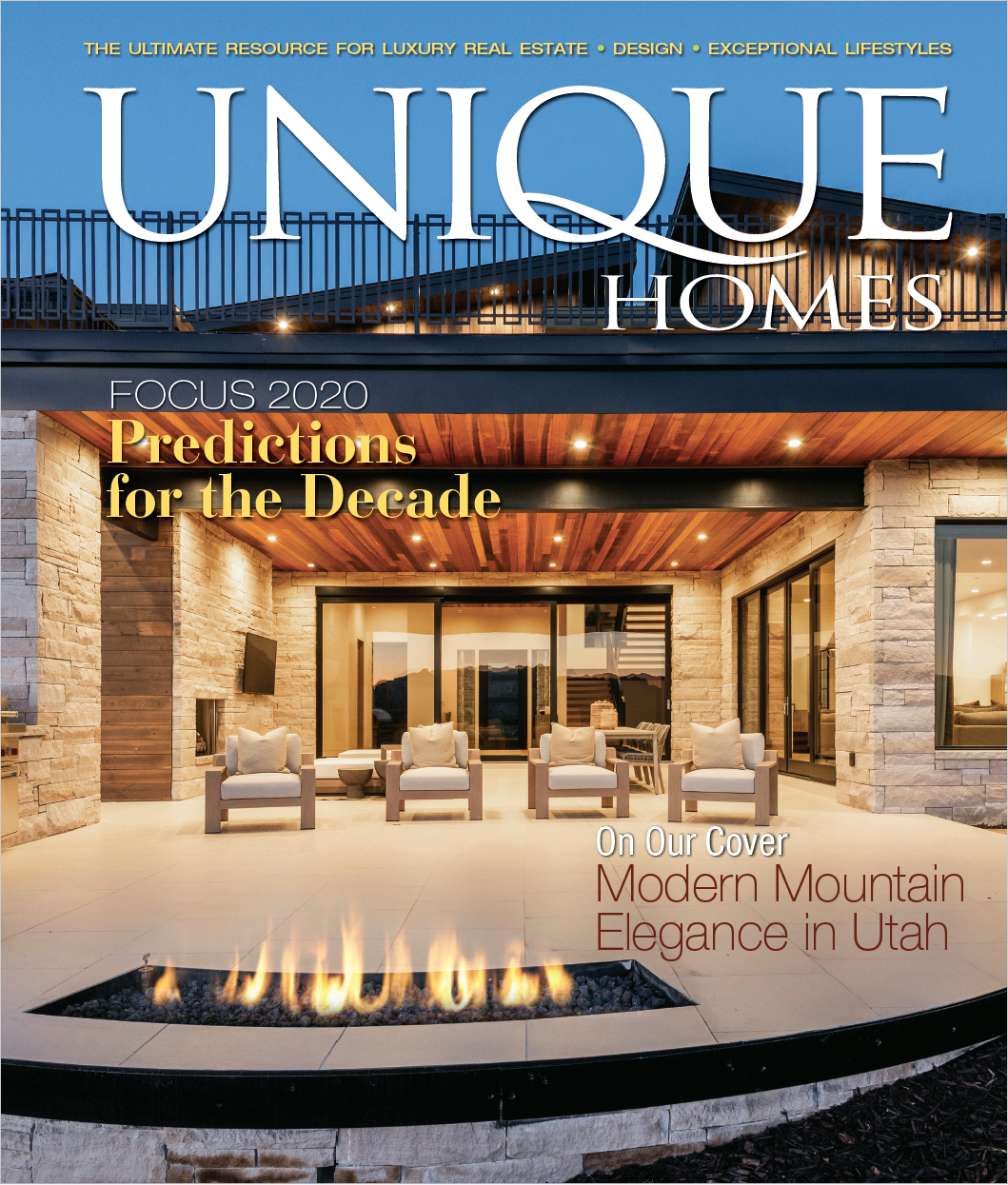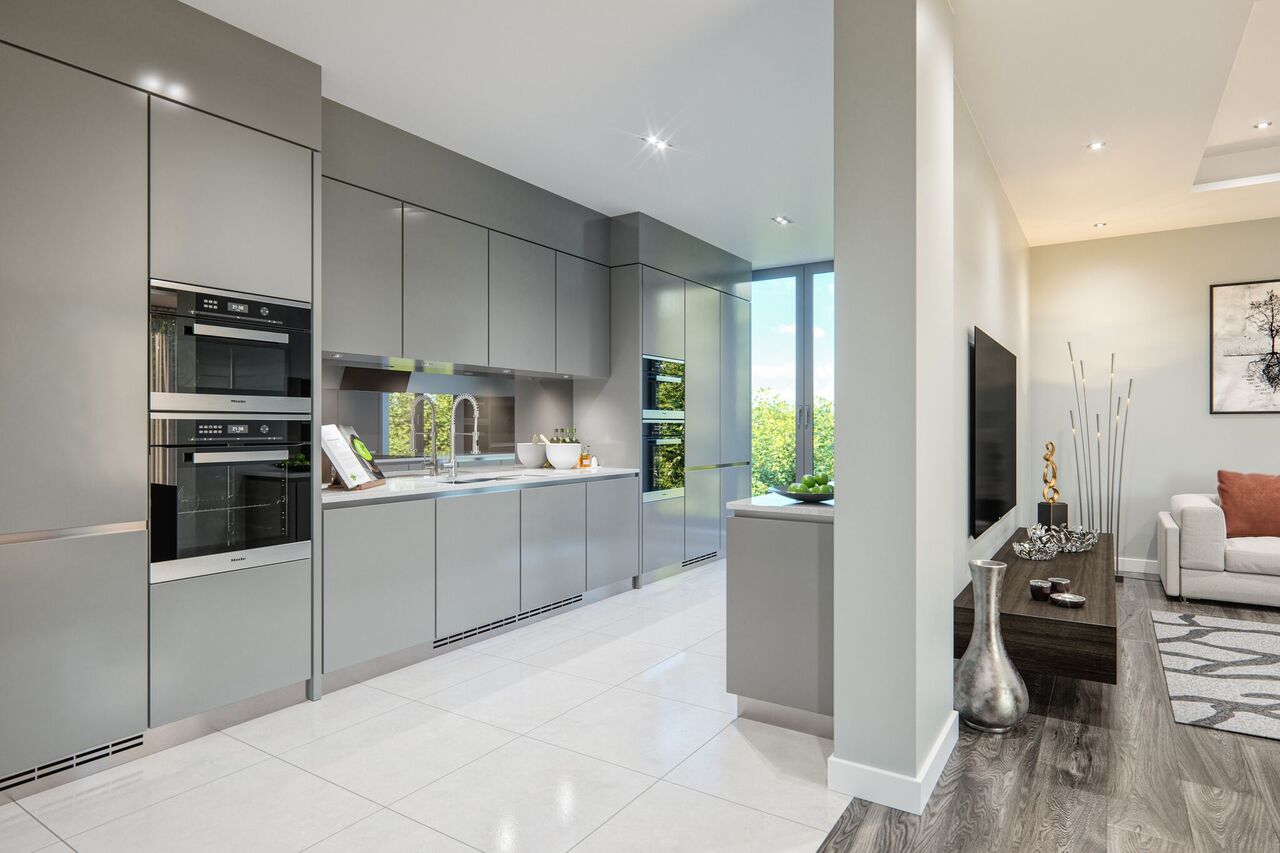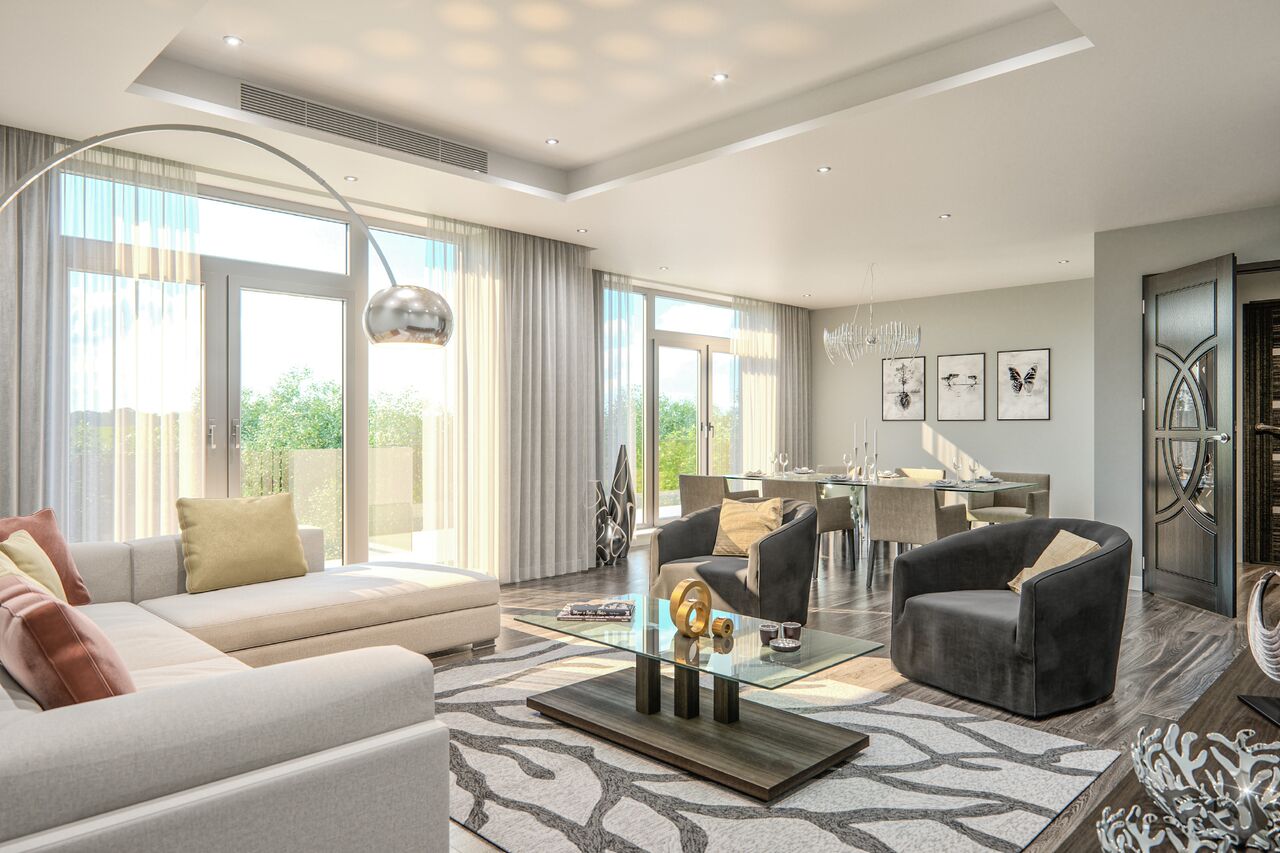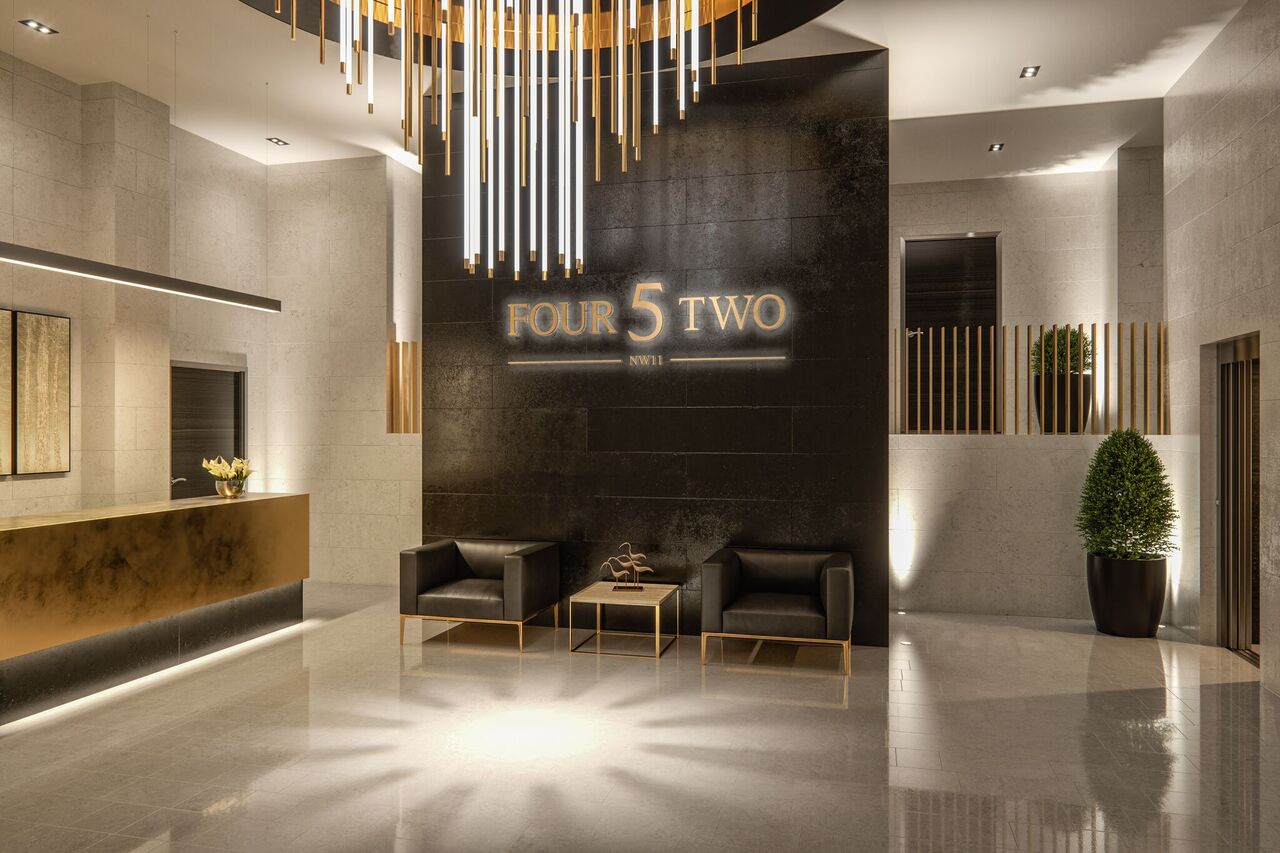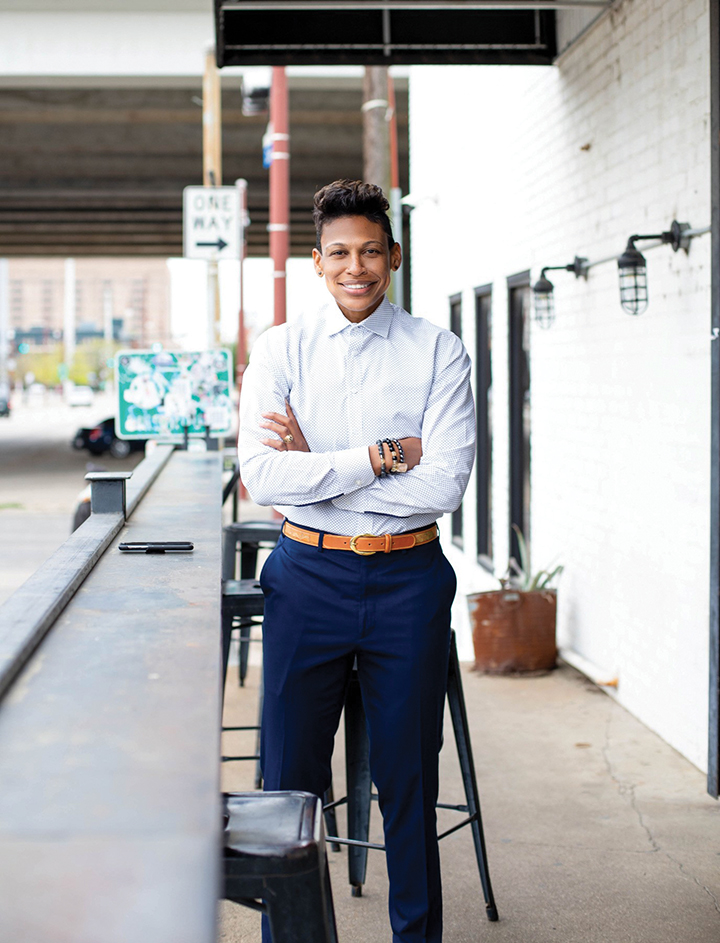
Khaliah O. Guillory, Owner of Nap Bar
A new set of businesses aims to help a sleep-deprived society relax and rejuvenate.
Nap bars. Upon hearing about this concept, various images come to mind, from a series of bedrooms with designated time slots for napping, to a pillowy oasis set in the clouds. While some ideas are more fantastical than others, the meaning behind many nap bar businesses and their missions is far more down to earth.
Whether naps are offered as a complimentary service or finely curated in a luxury setting, the importance of sleep has been reinvigorated by companies like these who know that the benefits of napping are nothing to sneeze (or snore) at in today’s world.
In recent years, with the rise of globalization and businesses running 24/7, productivity can and has for some time become a priority. Maria Jose Hernandez of recharj, a meditation studio headquartered in Washington, D.C., says the needs of the human body should take precedence, however.
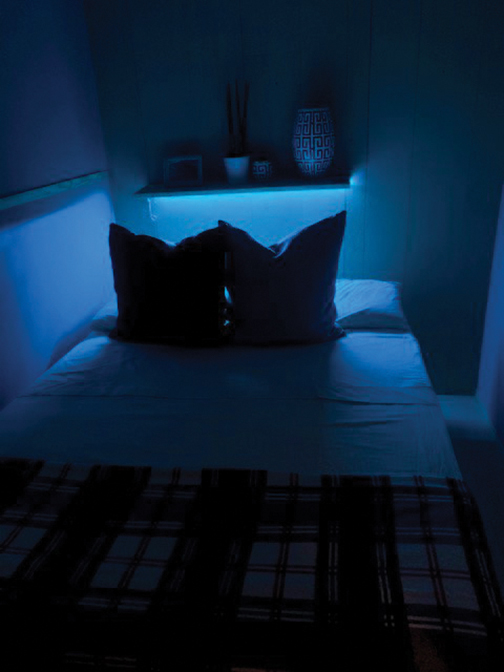
An avid lover of naps since childhood, Guillory developed her company as a way to keep herself from “taking naps in [her] car.”
Photos courtesy Nap Bar.
“Science has proven that sleep is how you are able to learn, retain memory — all these functions that we need to be productive.”
Many nap bars and sleep-oriented businesses have been developed by busy business professionals and entrepreneurs who found themselves suffering from sleep deprivation or sleep-related issues. For example, Khaliah O. Guillory was working at a Fortune 500 company and struggled with getting restful sleep when she was inspired to open Nap Bar in Houston. An avid lover of naps since childhood, she developed her company as a way to keep herself from “taking naps in [her] car,” and engage other young professionals to rest, relax and feel rejuvenated through a curated, white-glove napping experience.
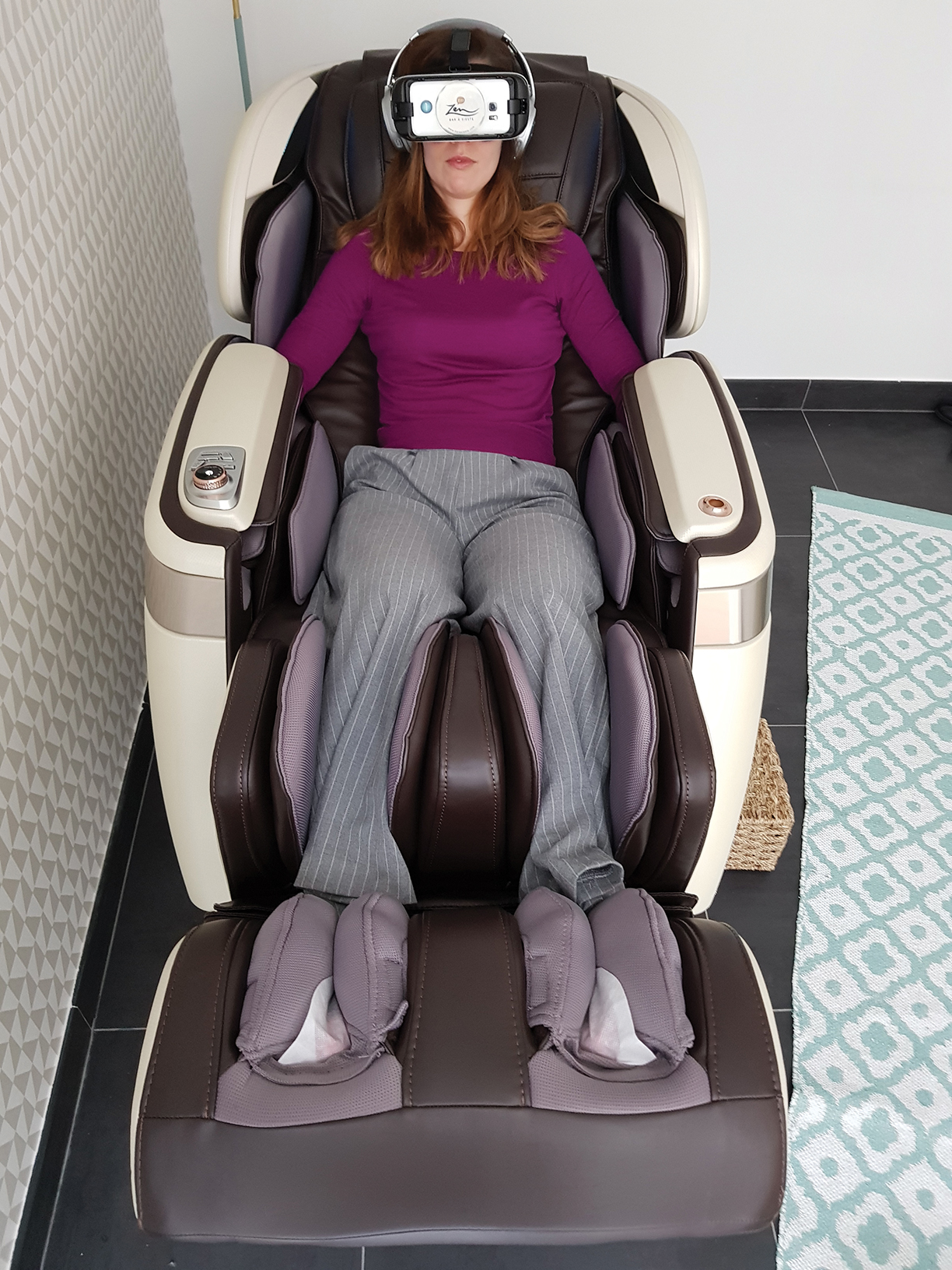
Top: Zen – Bar à Sieste Weightless Chair and VR.
Photos courtesy Zen – Bar à Sieste
Christophe Chanhsavang and his wife, Virginie, have had similar trials and tribulations. From Virginie’s corporate work hours to Christophe’s long hours of study, he realized from his experience working in the UK, China and Greece how much the concept of wellness was nonexistent in the French society. To avoid taking more naps in the office bathroom, Chanhsavang says they founded Zen – Bar à Sieste in 2011 in Paris and have since approached wellness from a holistic perspective by promoting sleep, nutrition, physical activity and mental health.
Professionals in the wellness industry have noted and continue to highlight the importance of sleep, which in turn has led to research and results into the benefits of napping. Guillory offers facts that have helped fuel the educational aspect of Nap Bar, including a NASA statistic that suggests shorter nap durations are better for reducing the impact of sleep inertia, a physiological state of impairment that affects cognitive and sensory-motor performance.*
Mauricio Villamizar, CEO of Pop & Rest in London, takes these findings a step further, noting how a lack of sleep can ultimately lead to disruptions in workflow. “Sleep deprivation is linked to lower productivity at work and it’s one of the main drivers of absenteeism … in the workplace. If we translate this into working days, we are looking at around 200,000 working days being lost each year in the UK only. In terms of economic consequences, it’s around £40 billion, almost 2 percent of the UK’s GDP,” Villamizar says.
Wellness overall has seen a resurgence in strength from businesses like these, as health has come to be the utmost priority of nations around the world. And just like there are many types of methods of getting and staying well, there are a variety of ways to nap.
Pop & Rest is a London-based wellness startup that connects locals and travelers with sleep and meditation pods, offering clients safe and secure spaces to unwind, rest, and work peacefully. According to Villamizar, customers can visit one of the company’s various locations throughout London and become immersed in a calm environment where the pods are situated.
“Once you are inside, your pod will be like a box that features a single bed, small table, along with accessories to change lights, music and the aroma,” he says, noting that everything is built to ensure the best relaxation experience. The pods are movable and soundproofed, and only require a power supply and WiFi connection to function, an enticing offer for companies looking to purchase these pods for their own offices.
The aforementioned Nap Bar curates a luxury napping experience for customers, which Guillory says is ensured by engaging all five senses. For sight, all of the custom suites are outfitted with mood lighting that is adjustable; for taste, a duo of raw juice shots are offered with rich nutrients and ingredients that aid in relaxing the body pre-nap, and waking it up post-nap; for hearing, exclusive brain waves are curated for each client and played inside suites that increases the release of melatonin in the body by 97 percent; and for smell, an aromatherapy pillow mist infused with lavender is available.
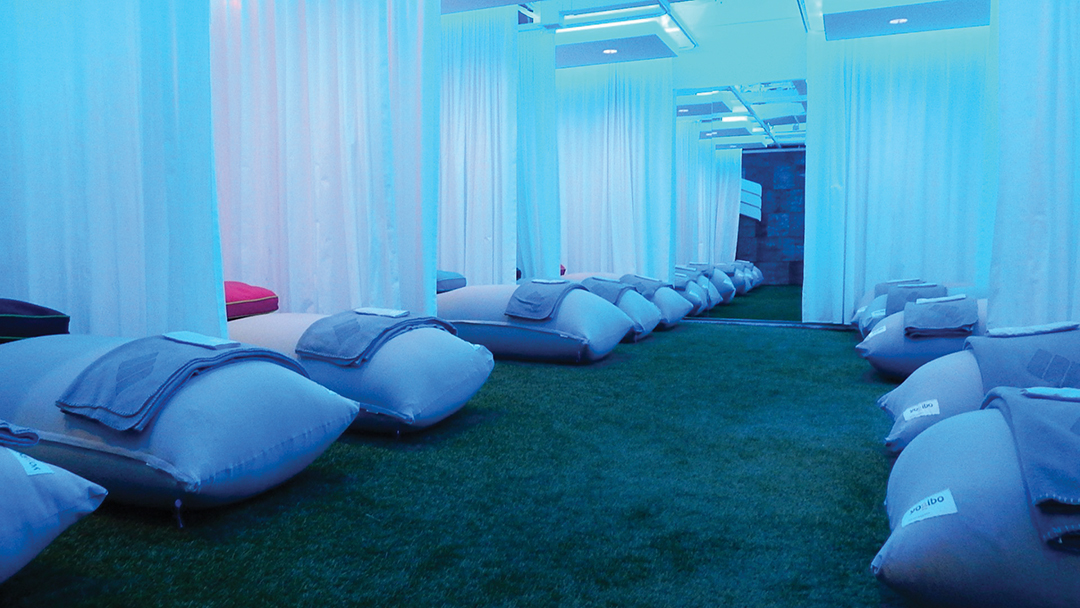
recharj – D.C. meditation room and class.
Photos courtesy recharj
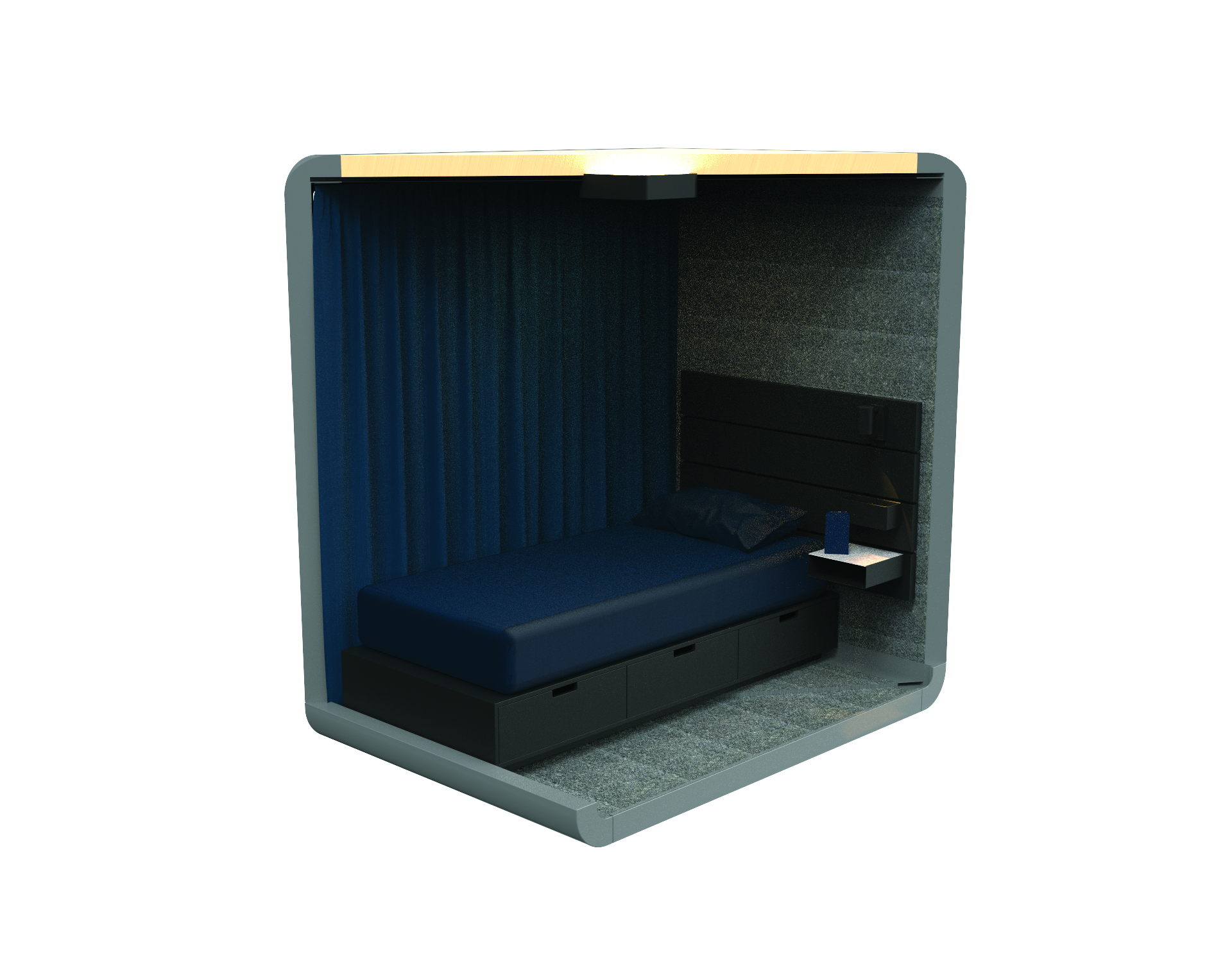
Pop & Rest sleep pod for napping.
Photo courtesy Pop & Rest.
The final sense, of touch, goes a step further, as all suites include an organic, locally sourced mattress, linens and sheets, and each room is painted with toxin-free paint. All of these inclusions are accompanied by a full-service concierge who will guide customers through the experience and help them on their wellness journey
According to Chanhsavang of Zen – Bar à Sieste, wellness is the future of humanity, a future he aims to advance with the Siesta Bar, which combines technological and traditional means of treatment for sleep deprivation. For nap services, customers can choose from a luxurious memory foam retreat, a zero-gravity massage chair or a Shiatsu bed; for aiding in relaxation and overall wellness, complimentary services include massages, virtual-reality meditation and even a fish spa.
As a meditation studio, recharj has been offering premier restorative practices to help clients, which includes the use of power naps. According to Hernandez, during open hours these power nap sessions are curated to be 25 minutes long and offered in large Yogibo chairs, a favorite for many. “A client once described them to me as if you’re laying down in a cloud,” Hernandez says, which only adds to the whole-body experience.
Binaural beats are also incorporated into the nap session, a type of music melody that registers at different frequencies that are meant to relax your body and get it ready for sleep. Overall, the studio aims to bring a sense of relaxation as well as mindfulness through meditation to its clients. “We offer workshops about mindful leadership, mindful communication and mindfulness in general,” Hernandez says, which in turn helps clients learn ways to de-stress and regain focus on whatever tasks lay ahead.
Unlike the typical fad that comes and goes, wellness is rooted in a deep need for comfort and stability. As we write this, we’re in the midst of a public health crisis, and brick and mortar locations may not be open. But there are ways to implement the wisdom of these businesses from your own home. Studios like recharj continue to offer online meditation classes, in an effort to keep a consistent schedule that is based solely on keeping well. And though the future is uncertain, businesses like Pop & Rest, Nap Bar and Zen – Bar à Sieste continue to work and create solutions for customers, from promoting online educational sessions and tips to developing applications, products and services for when businesses are fully up and running.
“Wellness is not just a fashion, but a fundamental trend in our societies,” Chanhsavang asserts. “Hopefully the nap services and related businesses will become a game-changer in the hospitality industry.”
*Source: NASA conducted a study on sleepy military pilots and astronauts and found a 26-minute nap increased productivity by 34 percent and alertness by 54 percent.

All photos courtesy Tourradar.com
Now that the holidays are over and business is back to usual, it’s time to get excited about where you’re traveling in 2020.
Unique Homes and Tourradar.com have rounded up all the buzziest destinations for the year ahead so you can start planning your next great adventure!
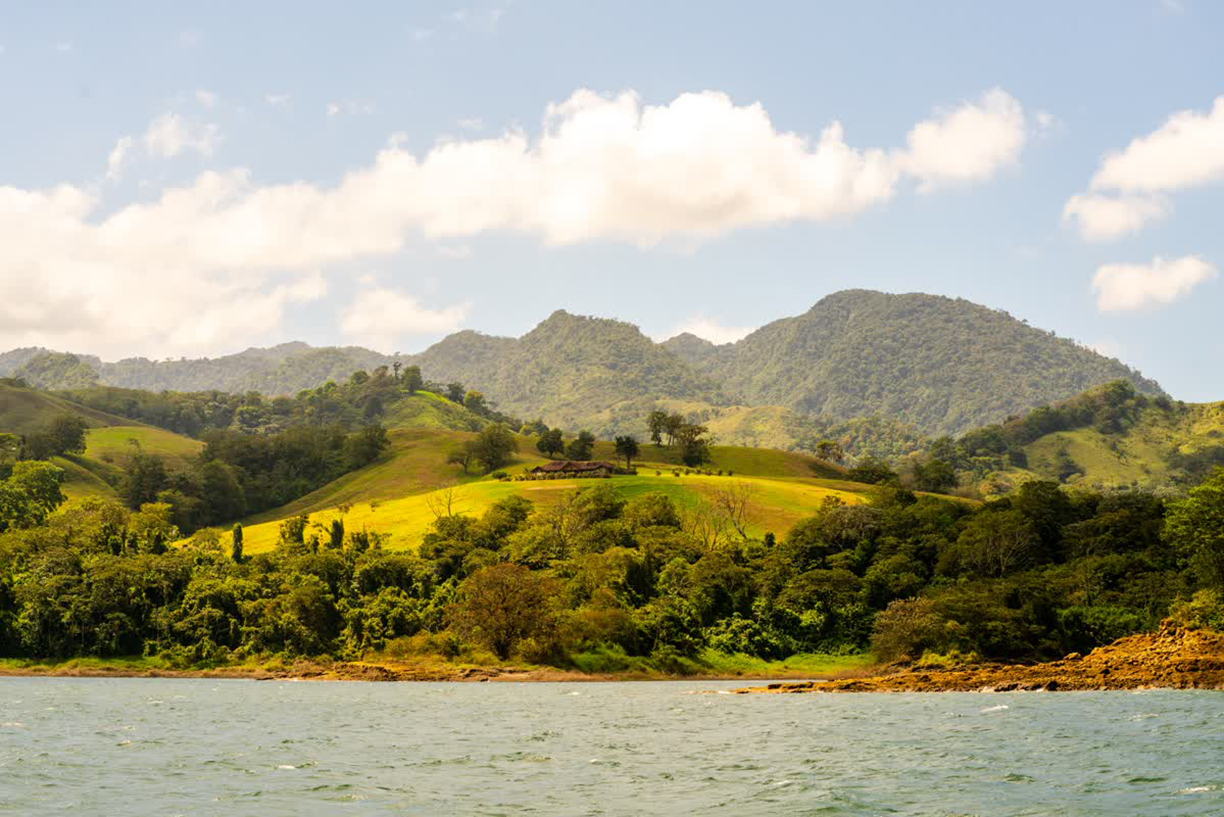
Costa Rica
If you’re hoping to reconnect with nature this year, Costa Rica is the answer. It’s where tropical backgrounds are the norm, as is exotic wildlife, robust coffee flavours and the relaxing wellness retreats waiting for travellers beachside.
Stroll across suspension bridges up in the forest canopy and find yourself completely and utterly face-to-face with Mother Nature while in the dreamy cloud forest region of the country in Monteverde. 90% of Costa Rica’s energy is created by renewable sources, and they’re on track to become one of the first carbon-neutral countries this year. Play your part by choosing to spend vacation time in a country that’s going above and beyond to make a difference to our global climate crisis.
Just in case activities like hiking volcanoes, surfing and zip-lining through lush hilltops isn’t your thing, Costa Rica is also home to cities tailor-made for an escape, from San Jose to Puerto Viego. While there’s something for everyone in Costa Rica, the natural beauty and jungle life definitely come first place.
Bhutan
It’s been a couple of years now that people have been talking about Bhutan and for good reason. The country proudly boasts a nearly untouched natural landscape that will stun even the most well-travelled among us. Already the world’s only carbon-negative country, taking a breath of fresh air means something entirely different in Bhutan.
Nestled tightly in the Himalayas, you’ll find plenty of mountain trails capable of delivering you some awe-inspiring views in Bhutan, like those of Paro Taktsang – also known as Tiger Nest – it’s an iconic sacred Buddhist monastery that sits cliffside. There’s also the chance to see ornate palaces from as far back as the 17th century and national parks that are home to rare and exotic wildlife like the Himalayan black bear and red panda.
If you’re hoping to make 2020 the year for some spiritual respite, a visit to the world’s real-life Shangri-La is in order.

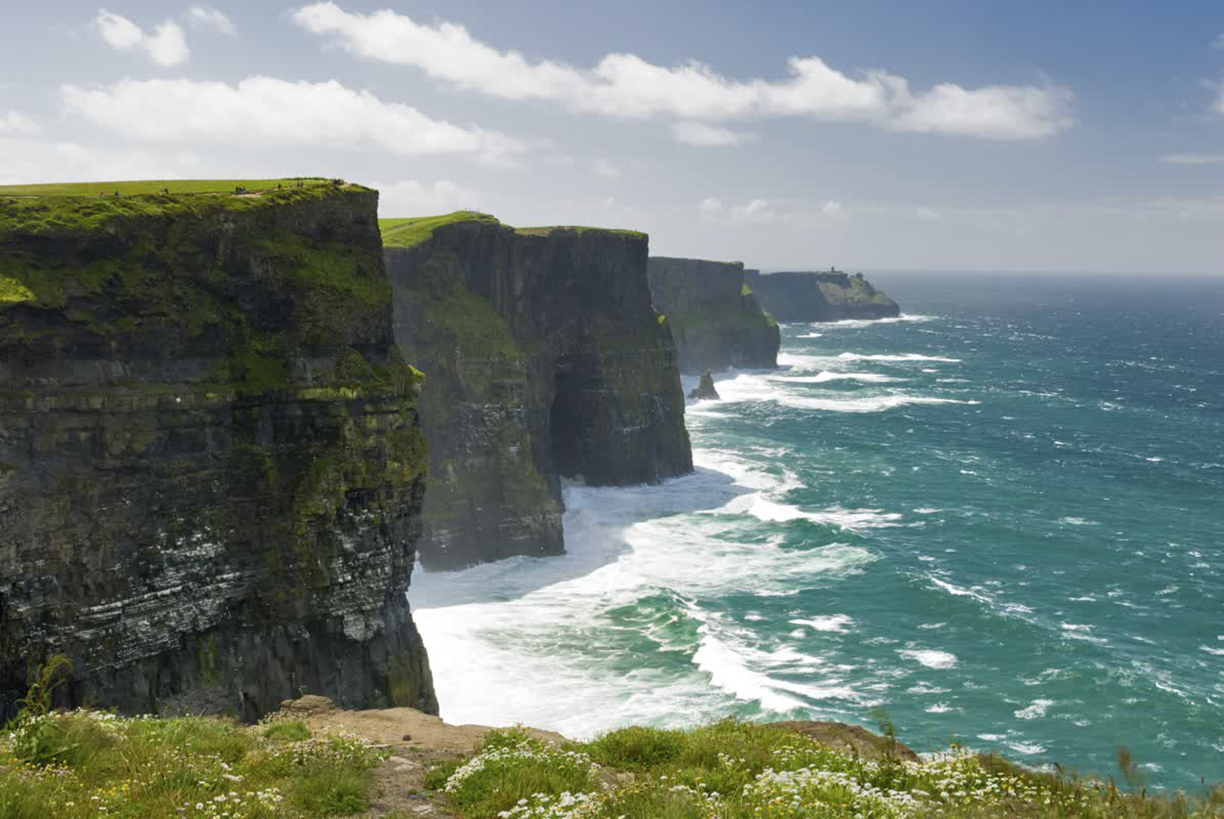
Ireland
Easily enjoyed in under a week, the Emerald Isle is full of pursuits that balance adventure, nature and history with ease.
The only road trip you’ll need for 2020 is along the Wild Atlantic Way, a 2,500-kilometer route that you can tackle in parts during your first visit. Embrace the elements along this sprawling route and enjoy discovering small-town life, coastal landscapes and secluded beaches across the country.
The sooner you visit, the faster you can start conquering your resolutions. Just make sure your trip itinerary includes a stop at the Blarney Castle where the famed Blarney Stone is located. As the legend goes, those who hang upside down and lay their lips on the stone is bestowed the gift of gab, which will help to ensure you get everything you want and more out of 2020.
Argentina
Home to one of the world’s most impressive networks of waterfalls, Argentina is teeming with extraordinary natural wonders that put travellers in the centre of it all. For example, visitors to the Argentina side of Iguazu Falls can enjoy kilometres of trails that will take you in and out of lush forests and within arm’s reach of the waterfalls themselves. If you’re in search of something a little cooler, then Glaciar Perito Moreno will not disappoint. You can witness the soaring beauty of this glacier in Los Glaciares National Park. And thanks to the park’s extended network of steel catwalks and platforms, Perito Moreno is one of the world’s most impressive and accessible glaciers.
You want a city escape with fiery music, and experimental takes on classic dishes, Buenos Aires, the country’s capital, is an essential stop on your 2020 adventures. Argentinians know their way around beef, and their steaks will wow your tastebuds. You can end your night in Buenos Aires by visiting a tango bar and working off your dinner in a flurry of dance moves taught to you by local experts.

Looking to include world-class wine? Just head to Mendoza (Argentina’s wine country). You can learn how the grapes are grown and cared for in the thick of it all. We promise once you’re walking alongside the farmers, hearing their stories firsthand, a glass of Malbec will taste all the more satisfying.
Want to learn about other potential travel destinations? Visit Tourradar.com for more opportunities!
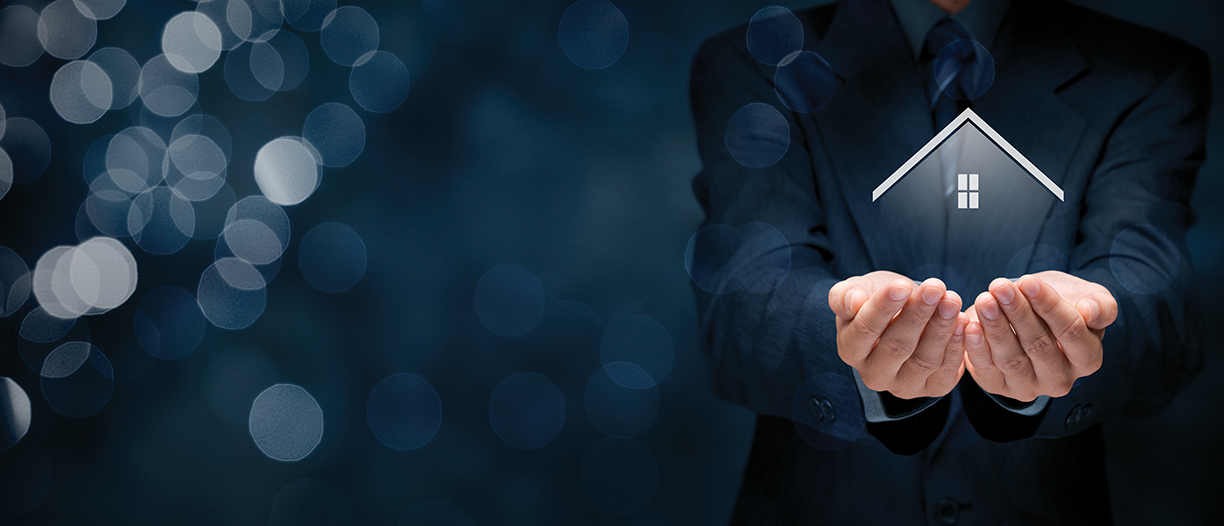
©istockphoto.com / Jirsak
The luxury real estate outlook for the coming decade includes understanding millennials and dealing with low inventories.
A new year and a new decade prompts pundits to dust off crystal balls and prognosticate on what’s ahead. But experience teaches us that vision is not always in focus.
To illustrate her perception of luxury in 2020, Stephanie Anton, president of Luxury Portfolio International, points to Pantone’s color of the year, a classic blue symbolizing protection, sustainability, peace and confidence. “That’s exactly how I feel about the market. It’s going to be a peaceful year, solid, with nothing dramatic happening.”
Others might agree with Julie Leonhardt LaTorre, COO for Sotheby’s International Realty Affiliates, who says, “The U.S. luxury property market has never been as exciting as it is today. While certain real estate markets are currently experiencing some softening, others are seeing an uptick in sales.”
“It’s a time of change,” says Craig Hogan, vice president, Coldwell Banker Global Luxury. In hindsight, there is a good chance 2020 will be viewed not as a year of spectacular sales or an unusually strong market, but rather as pivotal — the year in which millennials became real estate influencers, sparking a transformation more significant and substantive than simply sales or the number of transactions. The turnover from baby boomers to millennials will take more than a decade to complete and will impact all facets of real estate from design to communication to how transactions are conducted.
Looking Back
When the last decade began, there was only one certainty for real estate: we were in a recession, perhaps the worst crisis since the Great Depression. Tentative hints of a recovery arrived with the new year, but as the decade unfolded, it was clear the worst was not over. “Bumping along the bottom” became a catch phrase to characterize the long, slow recovery. By decade’s end, almost all markets were back to or had surpassed pre-recession values. A few became hot markets with a surge of new residential property and skyrocketing values followed by another period of adjustment. Many others bounced by and remained hot markets through the end of the decade. By early 2019, the possibility of another downturn loomed as some economists and housing experts bet a recession was waiting in the wings.
Today, a few clouds hover over some forecasts, but expectations are the economic expansion, the longest in history, will continue. Jobs, the economy and continued low interest rates continue as positives. For real estate, the year ended on an upbeat as markets revived in the second half. Still, a lack of inventory continued to hamstring sales with only a 3.9-month supply of homes on the market at the end of October, down from 4.3 months recording October 2018. Noting that residential construction is still under-building to meet demand, Rover Dietz, NAHB chief economist, points to higher development costs, which, he says, “are hurting affordability and dampening more robust construction growth.”
The median existing-home price for all housing types in October was $270,900, up 6.2 percent from October 2018. October’s price increase marks almost eight years, 92 straight months, of year-over-year gains.
The probability of a recession in 2020 is 29 percent, according to 14 housing economists and experts gathered by the National Association of Realtors (NAR) in December for a forecast summit. They project a 2.0 percent increase in GDP in 2020 and 1.9 in 2021. Annual median home prices are expected to increase by 3.6 percent in 2020 and 3.5 percent in 2021.
“Real estate is on firm ground with little chance of price declines,” said NAR’s Chief Economist Lawrence Yun. However, Yun cautioned that lack of inventory, not enough for sale homes to meet demand, was still a detriment. “In order for the market to be healthier, more supply is needed to assume home prices as well as rents do not consistently outgrow income gains,” he explained.
Year-end bought more positives with an increase in builder confidence for single-family construction, the highest point since June 1999, according to the National Association of Home Builders (NAHB)/Wells Fargo Housing Market index. “Builders are continuing to see the housing rebound that began in the spring, supported by a low supply of existing homes, low mortgage rates and a strong labor market,” said NAHB Chairman Greg Ugalde, a home builder and developer from Torrington, Connecticut.
New Markets to Watch
In recent years, a big change has been the migration of luxury to secondary markets such as Denver and Houston. This year, Jacksonville, Charlotte, Nashville, Cincinnati, Boise, and Kansas City were added to the luxury orbit, according to the Institute for Luxury Home Marketing.
Looking ahead, John Brian Losh, chairman and publisher of LuxuryRealEstate.com, believes that all of the fundamentals for a positive year for real estate are in place. “I think nationally it couldn’t be better. The economy is booming. It’s an election year, and people don’t want to raise taxes during an election year. It’s rare to have a slowdown during an election year. The luxury market is all about consumer confidence. If confidence is high, the market will stay strong.”
Still, some media reports portray luxury sales in freefall, particularly from Manhattan, which is finding new ground after a mid-decade surge in prices, or L.A.’s tony Westside enclaves, where a spate of speculative development pushed prices to unjustified levels. Yet, Manhattan and Beverly Hills both posted sales that set record prices in 2019.
I think nationally it couldn’t be better. The economy is booming. It’s an election year, and people don’t want to raise taxes during an election year. It’s rare to have a slowdown during an election year. The luxury market is all about consumer confidence. If confidence is high, the market will stay strong.
“What’s interesting is what we’re hearing and feeling is not as bad as we hear in the media,” shares Anton, following a recent two-day summit with 15 leading brokers.
Something Meghan Barry, president at LuxuryRealEstate.com, has heard this year from more than a few agents is they are having their best year ever.
While Anton agrees “there is definitely a softening in luxury generally,” she also points out, “There are bright spots. It’s not a horror story. Things are flat year over year, and as we look to the coming year, we think it’s going to be the same.”
Lesli Akers, president, Keller Williams Luxury International, sees the growth of inventory as a positive. “We’re starting to see more supply and we need to. It’s not moving into a buyer’s market. It’s moving more into an adjusted market. I think the luxury market is strong now.”
Heading into 2020, there are also a number of encouraging indicators for luxury from a continued vibrant global market to a surge of demand for second-home and resort properties. “With the creation of new wealth around the world, cities like New York City, London and Dubai, just to name a few, will continue to thrive in the luxury arena,” says Johnson.

London
©istockphoto.com / sborisov
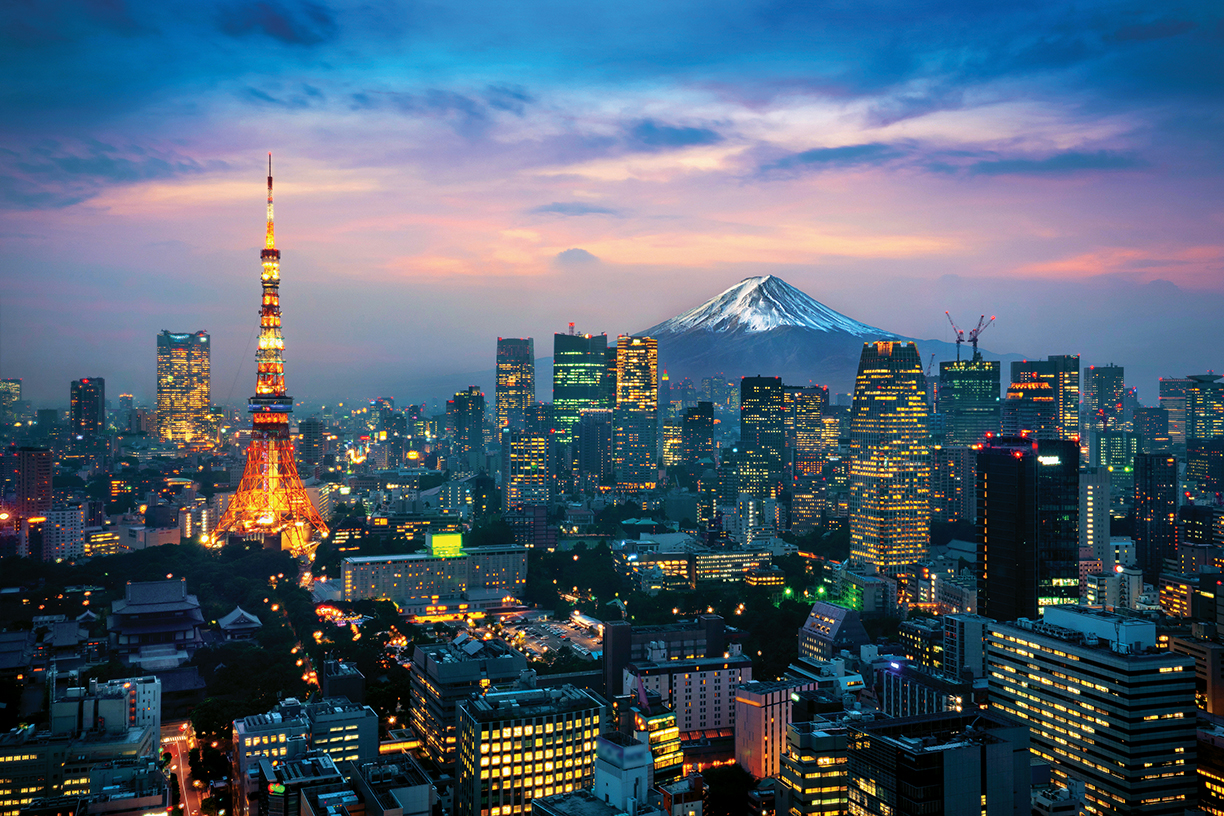
Tokyo
©istockphoto.com / tawatchaiprakobkit
“We have been seeing a strong increase in demand in Dubai’s super-prime segment, with transaction volumes increasing by 81 percent year-to-date in the second quarter, compared to the same period last year. The mainstream market over the same period saw a 2.2-percent decline, although since then the wider market has seen increased transaction volumes, increasing 11.1 percent year-to-date in August over the same period last year,” says Dounia Fadi, chief operating officer, Berkshire Hathaway HomeServices Gulf Properties.
“Some of the hot markets that are emerging globally are Canada, Japan, Portugal and New Zealand,” says LaTorre. “Canada continues to generate strong interest. Specifically, Vancouver, which is steadily regaining momentum, experiencing the greatest gains in year-over-year employment growth among Canada’s three largest census metropolitan areas, so confidence in the city’s fundamentals remains high. There is a strong focus on Tokyo, especially with the Olympic games in 2020. It’s currently on a world spotlight.”
In London, prices are down, and the general property market has slowed. But the luxury market, which Martin Bikhit, managing director at Berkshire Hathaway HomeServices Kay & Co. describes as “certainly bottomed out,” is reviving with buyers returning to the market. It’s still a buyers’ market, which creates new opportunities for investors and foreign buyers. Bikhit sees Americans and others from countries with currencies pegged to the U.S. dollar taking advantage of prices and exchange rates offering savings of 45 percent compared to the 2014 market peak.
“International buyers are using the currency play to their advantage and timing their investments accordingly. Therefore, we are seeing a number of international buyers looking to buy in the UK,” says LaTorre. And, she adds, “we’re still seeing foreign interest in the U.S. luxury market.”
Hot luxury locales this year were resort markets, and the passion for get-away properties or the new family gathering spot is not expected to change soon. “The preferences of the consumer have changed dramatically. We’re seeing wealthy millennials are particularly interested in purchasing second homes,” says Anton.
Tax policies also came into play this year in a big way and expectations are they will continue to shape demand and bring more interest to low tax states such as Texas and Florida. Expectations are taxes and government policies will remain motivations for buyers. “The weather, the climate and taxation have a lot to do with where people move, especially in this economy,” says Losh.
Not only are more consumers migrating to lower tax states, but Hogan says an increasing number of agents are licensed in two states such as Illinois and Arizona or New York and Florida. “We have always had people with dual licenses. Now we have agents who have established a presence and market themselves as having offices in two locations.”
Many are also revising their acquisitions too. “People are looking for multiple small properties instead of one large property,” adds Anton.
In the last year and a half, both Coldwell Banker Global Luxury and Luxury Portfolio International conducted research into millennial attitudes and the potential influence of this cohort on luxury market. “The buyer pool has changed. In the luxury space, we’re now faced with people with different expectations, different styles of communication and different experiences,” Hogan says.
Already evidence of the transition from boomers and Gen X to millennials can be seen. By spring 2020, millennials will account for more than 50 percent of all mortgage originations, according to George Raitu, senior economist at Realtor.com. By 2030, Wealth Engine and Coldwell Banker Global Luxury estimate millennials will hold five times as much wealth as they do today.
Currently, the number of wealthy millennials in the luxury market may be small, but they are extremely influential. For one thing, Hogan says, they are buying more real estate than their parents. “They own an average of three homes, while their parents own an average of 1.4, and they’re spending more money.”
Overall, millennials are defying earlier predictions by starting families, moving out of urban neighborhoods and owning cars. What’s ahead is uncertain, but agents and brands are preparing for dramatic changes in the industry overall.
THIS ARTICLE ORIGINALLY APPEARED IN THE WINTER 2020 ISSUE OF UNIQUE HOMES. TO SEE THE DIGITAL VERSION OF THIS STORY, CLICK HERE.
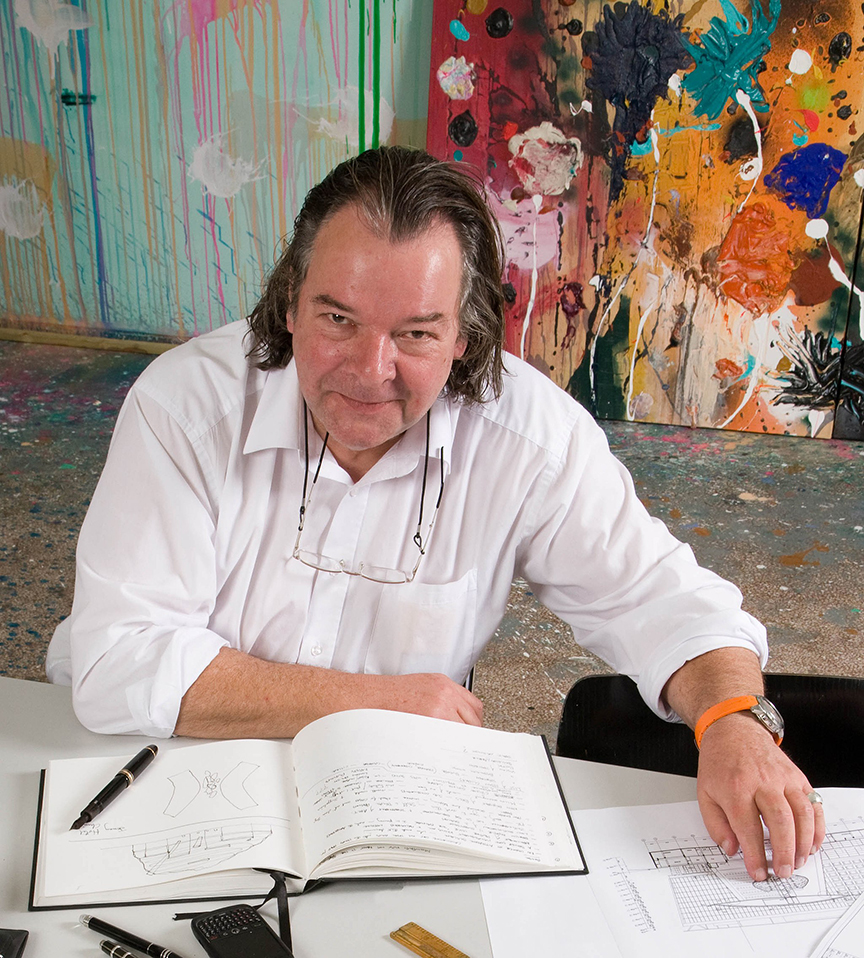
Headshot image courtesy of Malcolm Crowther
British architect Will Alsop recently passed away at the age of 70, leaving behind a legacy that encapsulated a variety of architectural styles throughout Britain and Canada. According to his studio’s website, all Design, Alsop’s core values were innovation, expression and originality with an emphasis on enjoyment, to ultimately “make life better” by designing individual buildings or spaces that embrace broader principles of urbanism and city development. To further this philosophy, he often used painting, writing and “playing” to further an understanding of design.
In cities like Toronto, London, and Hamburg, many projects completed by Alsop can be defined through colorful and striking details that both stood out and completed the surrounding community. Below we’ve listed several of his projects that emphasized his values.
North Greenwich, Finch West and Pioneer Village Stations
Alsop partnered with John Lyall and Jan Störmer in 1999 to complete the North Greenwich station of the London Underground. This station boasts a tiled interior with striking cobalt-blue columns, inspired by the design of Mass Transit Railway stations in Hong Kong.
The architect also had a hand in several stations “across the pond” in Toronto, Canada. While the Pioneer Village station features irregularly-shaped chandeliers and a dramatic outdoor canopy, the Finch West station is, by contrast, “a happy assemblage of brightly coloured glass panels,” according to Simon Lewsen of Azure Magazine.
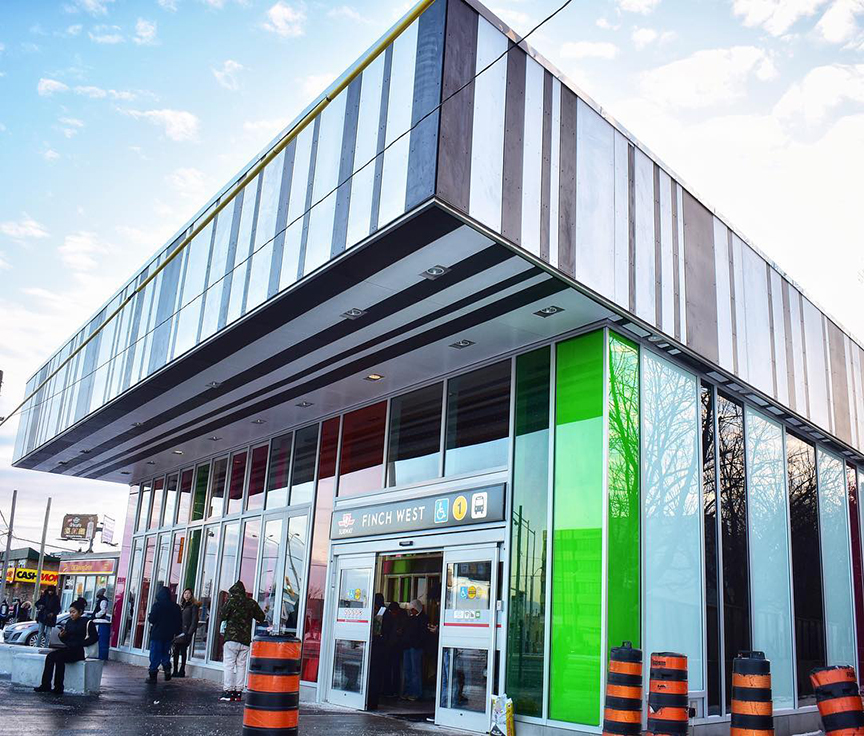
Courtesy Jason Paris
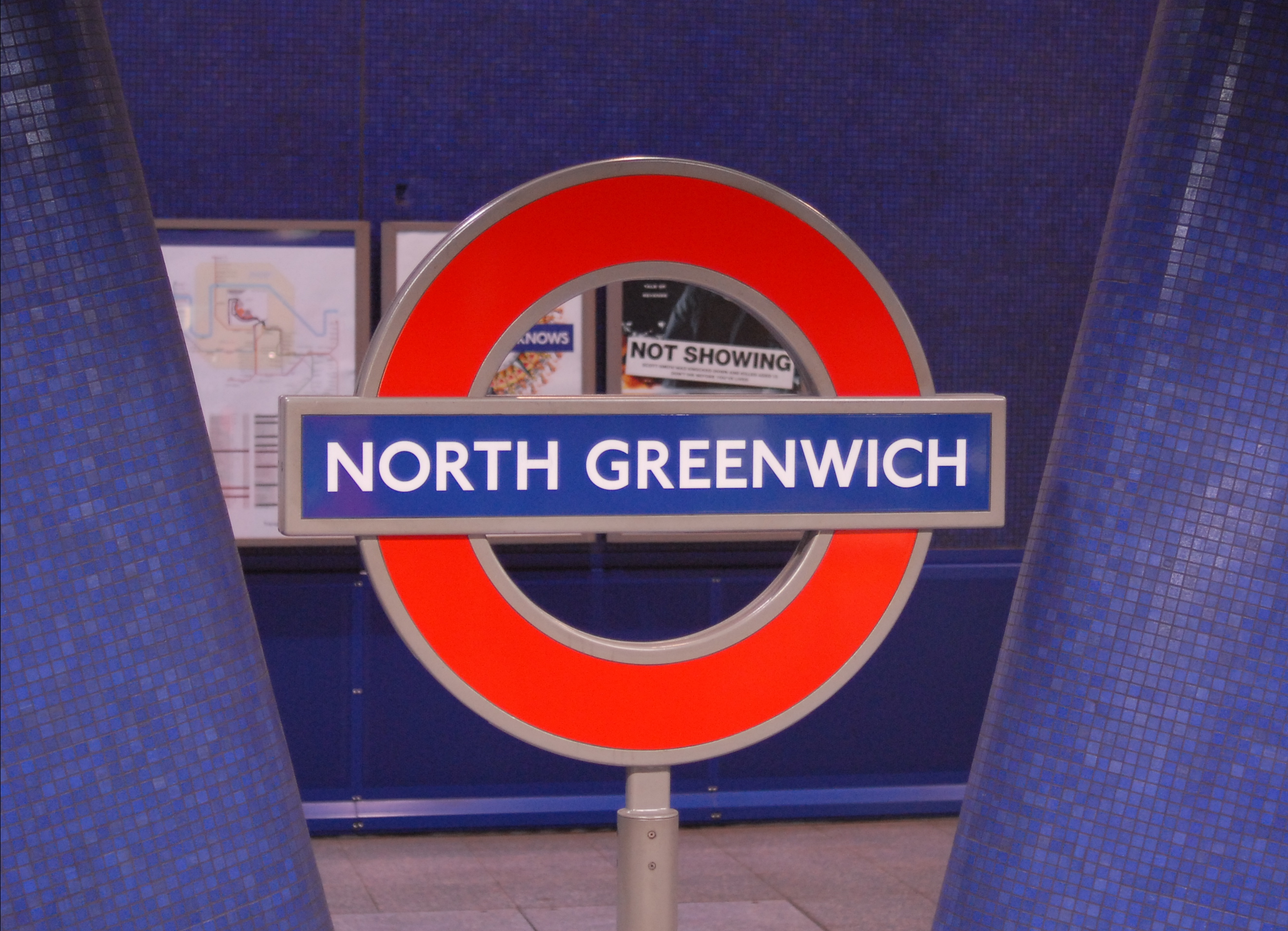
Courtesy Mike Knell
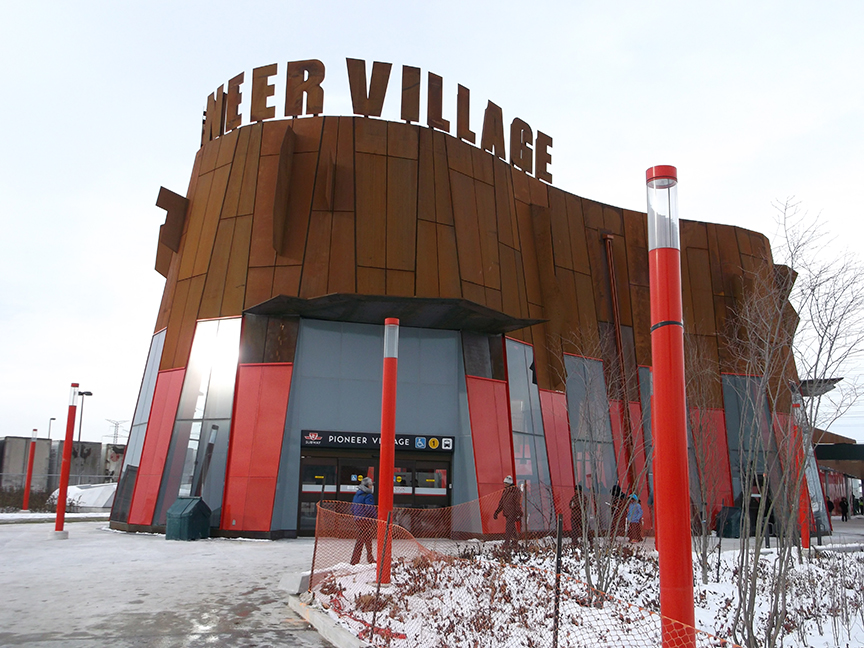
Courtesy Wikimedia Commons
Sharp Centre for Design, OCAD University, Toronto
Alsop’s design for OCAD University’s Sharp Centre features a large checkerboard slab centered above a school building atop tilted, multi-colored pillars. The $42.5 million expansion and redevelopment received numerous awards, including the first Royal Institute of British Architects Worldwide Award, the award of excellence in the “Building in Context” category at the Toronto Architecture and Urban Design Awards, and further redefined the university and the surrounding neighborhood.
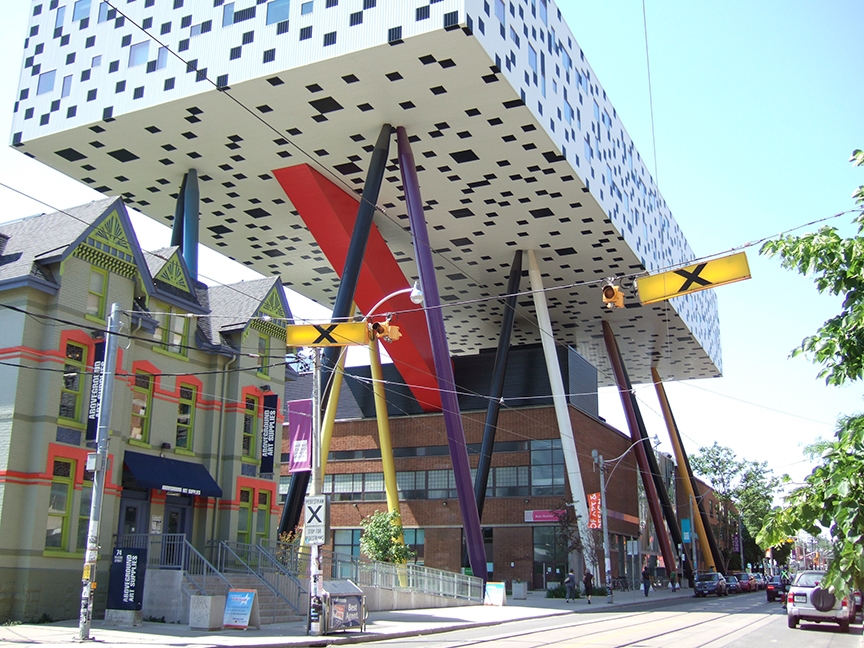
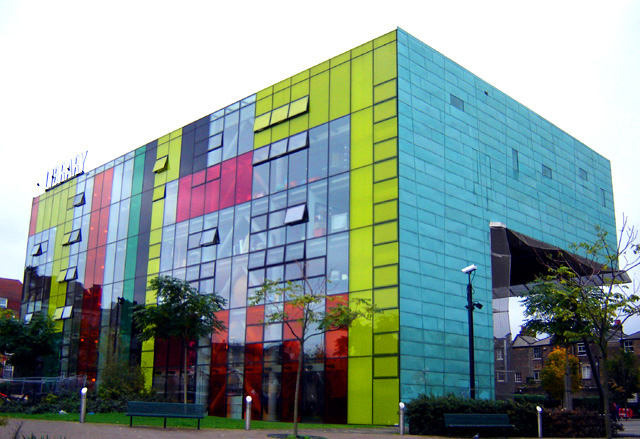
Peckham Library, London
Opening in 2000, the Peckham Library in south-east London features pre-patinated copper and is shaped like an upside-down capital L. The top section of the structure, an elevated reading room expertly set above the noise of the street, is supported by slender steel pillars set at different angles. Winning the Stirling Prize for Architecture that year, Peckham Library was the project that heralded Alsop as an iconic architect.
Kettal’s outdoor decoration collection includes a wide variety of products, ranging from planters and fire pits to floor lamps and side tables.
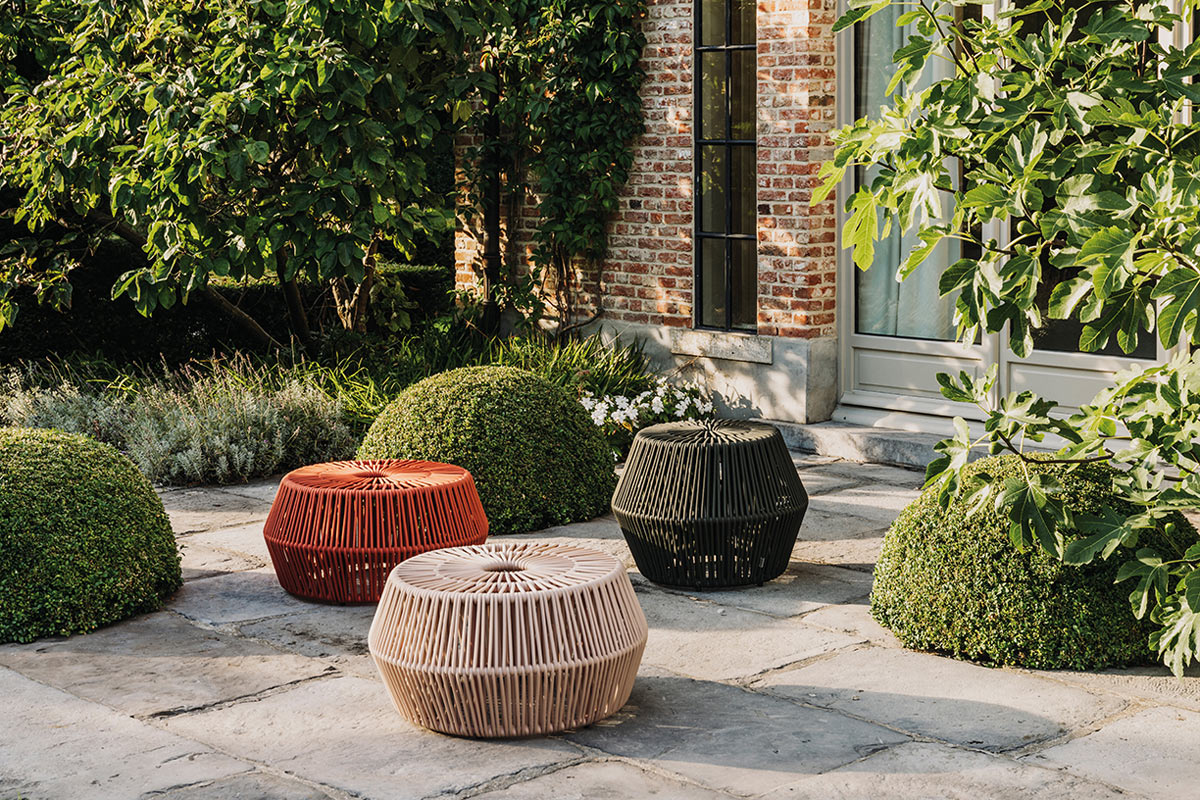

Kettal, a designer and manufacturer of timeless outdoor furnishings for home and commercial uses, has developed a range of exterior decoration and design products in its new puff design and rope collection, Kettal Objects.
Kettal Objects is a range of outdoor decoration products, which includes puffs, planters, fire pits and oil lamps designed by Emiliana Design Studio. Emiliana Design Studio was set up by Ana and Emili in Barcelona in 1996 after they graduated from London’s Central Saint Martins College of Art and Design. Their work is characterized by its ability to give each project a fresh conceptual approach, experimentation with materials and for proactively involving the user without compromising functional, technical or production aspects.
Kettal has extended its new collection with the introduction of a new puff, constructed of aluminum and one of the ‘Bela Ropes’ 17-color rope range designed by Doshi Levien. Doshi Levien is an internationally acclaimed design studio founded by designers Nipa Doshi and Jonathan Levien. The two designers have been working together for more than ten years in their London-based design studio.
The Kettal Objects collection also includes a sideboard, room divider, floor lamp, parasols, side table and tray by Kettal Studio, an oil lamp and fire pit by Emiliana Design Studio, candleholders and outdoor rugs (200 x 294 cm) by Patricia Urquiola, rugs (200 x 300 cm and 300 x 400 cm), terrain cushions and geometrics fabrics by Doshi Levien and three models of lamp — floor, table and battery-powered — by Michel Charlot.
Photos courtesy of Kettal
Some designer labels have successfully expanded their style to include branded restaurants.
By Samantha Myers
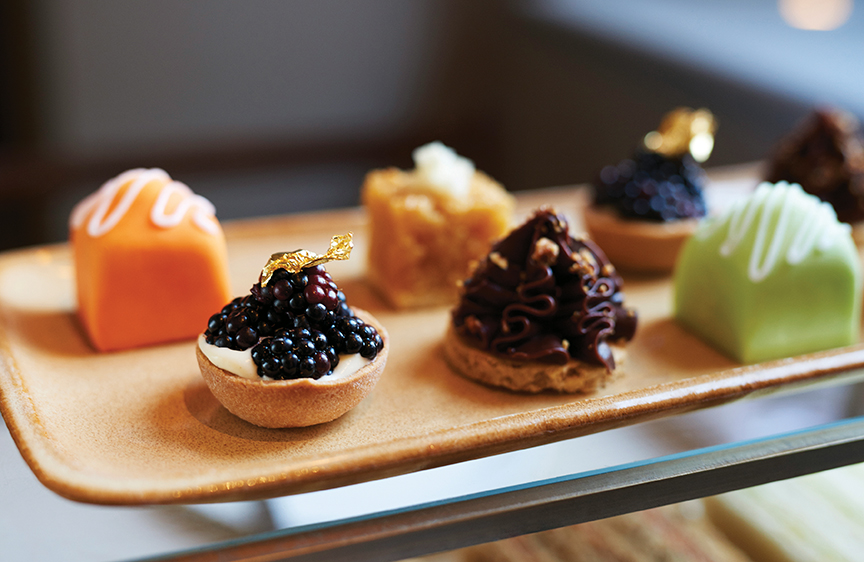
Photo courtesy Burberry
In recent years, high-end fashion houses have begun expanding their brands into fashionable food ventures, ranging from fine dining locales to cultivated cafes and refined bars.
One of the most notable fashion designers to establish contemporary food businesses as a direct extension of a signature brand is famed American designer Ralph Lauren. In 1999, Lauren opened his first restaurant, RL, adjacent to the world’s largest Polo store in Chicago. Similar to his fashion ideology, the restaurant focused on American classics — but traded in its collared Polo shirts, cashmere sweaters and neckties for steaks, seafood, chops and sandwiches.
RL, along with his subsequent restaurants, The Polo Bar in New York and Ralph’s on Boulevard Saint Germain in Paris, all have found ways to embody aspects of his iconic style.
Lauren’s newest venture is Ralph’s Coffee & Bar in London, located just next door to his flagship European store — a space that spans over 3 floors of product — on the iconic shopping stretch of Regent Street. The club-like atmosphere offers a decor that fits the designer’s equestrian aesthetic, and utilizes materials such as leather, brass and dark wood paneling.
“Ralph’s Coffee & Bar is a natural extension of the heritage of Polo and will add yet another dimension to the worlds we create,” said Lauren of the bar’s opening in January 2017. “I’ve always imagined our stores as a place for customers to experience a world. [This location] will add to that experience by offering a warm, friendly place to sit cozily with friends and family to sip a cup of our distinctive coffee or toast a special moment with one of our unique cocktails.”
Ralph’s Coffee & Bar
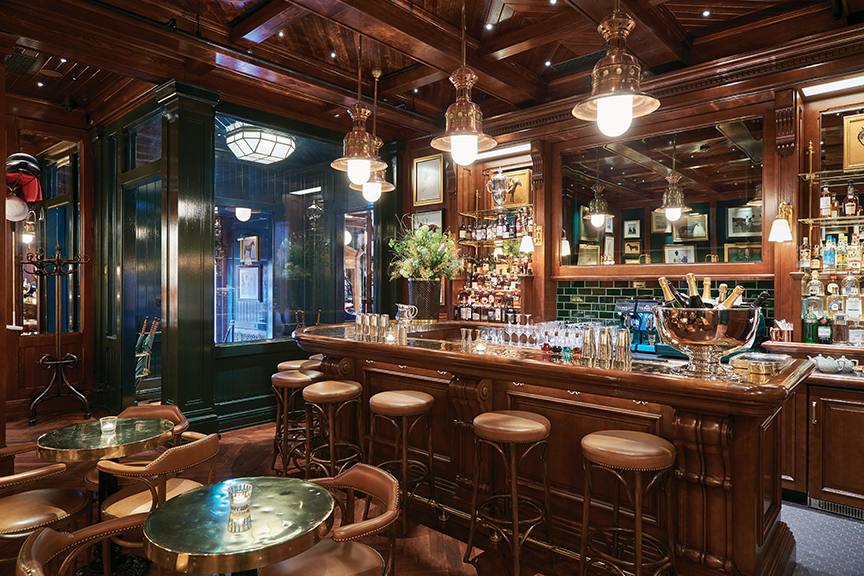
Photo courtesy Ralph Lauren
173 Regent Street
Mayfair, London W1B 4JQ
+44.(0)20.7113.7450
Jonathan Hatchman, food editor for The London Economic, believes Ralph’s Coffee & Bar meets its intent and holds up the Ralph Lauren image. “The bar completely epitomizes everything expected from Ralph Lauren: from the equestrian and polo themed accents, brass-topped bar, saddle leather seats and a palette of rich browns and bottle green,” he says.
While the menu follows suit with American classics, it has also embraced European elements. The bar sells three signature cocktails specifically created for the London location: Regent Street Sour, Ralph’s Winter Punch and Ralph’s Evening Roast.
During his visit, Hatchman indulged in the bar’s beverages and complementary snacks — especially the “ludicrously delicious” breaded and deep-fried olives. “I particularly enjoyed ‘The Chairman’ — a rye whiskey cocktail with an absinthe rinse, both typical Sazerac components and one of my favorite cocktails,” he says. “The bar’s take on an ‘Old Fashioned’ was good, too, served in a huge polo-etched glass, made with woody Eagle Rare bourbon.”
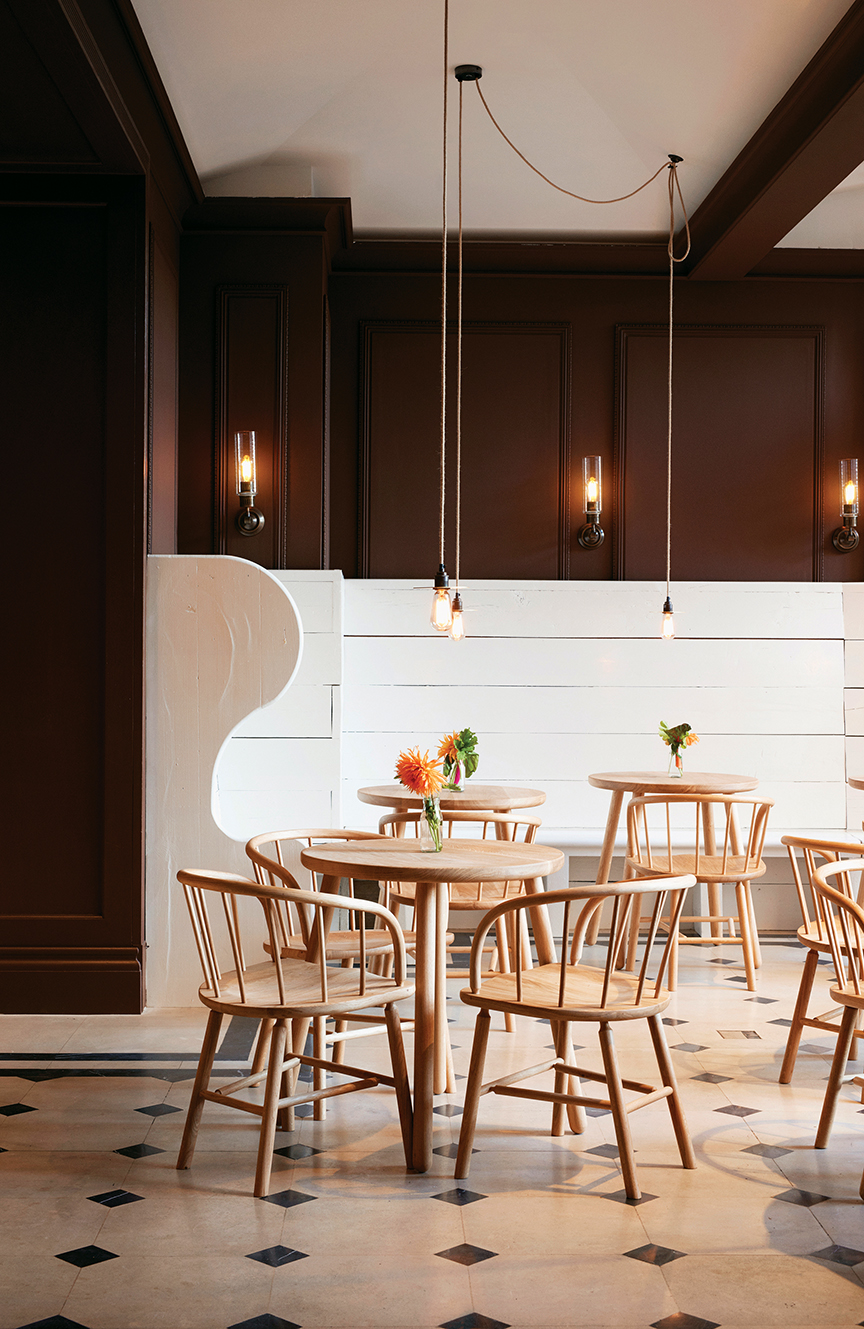
Photo courtesy Burberry
Thomas’s at Burberry Regent Street
5 Vigo Street
London W1S 3HA
+44.(0)20.3159.1410
A few minutes down Regent Street, another famed fashion brand has quite literally broadened its label into a culinary eatery. Known for its iconic trench coats and classic trademark tartan plaid, British luxury fashion house Burberry is also giving its clientele an equally posh spot to dine as their clothes have given them to wear.
Named for its founder, Thomas Burberry, Thomas’s is described as an “all-day dining destination” within the company’s flagship London store. This particular location offers a special gift area, as well as in-store monogramming services so that leather accessories and luxury goods can be embellished with one’s initials.
With a menu ranging from lobster to finger sandwiches and English cakes, Thomas’s is a sophisticated cafe for both a shopping break or a social meal. What’s better than concluding a Burberry shopping spree with a fine cup of tea and a locally sourced lunch?
“All of the produce is sourced from British small farms and artisan suppliers, while the decor is quite simple with marble-topped tables, dark-wood chairs and plenty of natural light that floods the room,” says Hatchman. “Inside, the cafe is, essentially, a continuation of the store, with friendly, unthreatened service, as expected from a high-end retail space.”
“Thomas’s is very much an extension of the store,” says Hatchman. “It would appeal most to central London shoppers — either customers of Burberry, or surrounding Regent Street shops.”
Hatchman visited the store-cafe for Breakfast at Burberry. “For me, the quality of carefully selected produce really stood out,” he says. “In terms of food, the full English breakfast is a million miles from the greasy spoon classic, but it’s a fair, refined version that doesn’t skimp on quality or on the meat. I remember the black pudding being particularly delicious.”
Yet, aside from the cafe’s quite literal connection with its store, the restaurant refrained from becoming a physical manifestation of its iconic Burberry clothes. “Thomas’s is very much an extension of the store,” says Hatchman. “It would appeal most to central London shoppers — either customers of Burberry, or surrounding Regent Street shops.”
Rather than extend its brand, Burberry has extended its store’s space into the realm of nourishment. “I wouldn’t say that the cafe is a complete embodiment of the brand’s style,” he says. “But — like Burberry — the cafe is staunchly British and proud.”
www.JonathanHatchman.com
info@JonathanHatchman.com
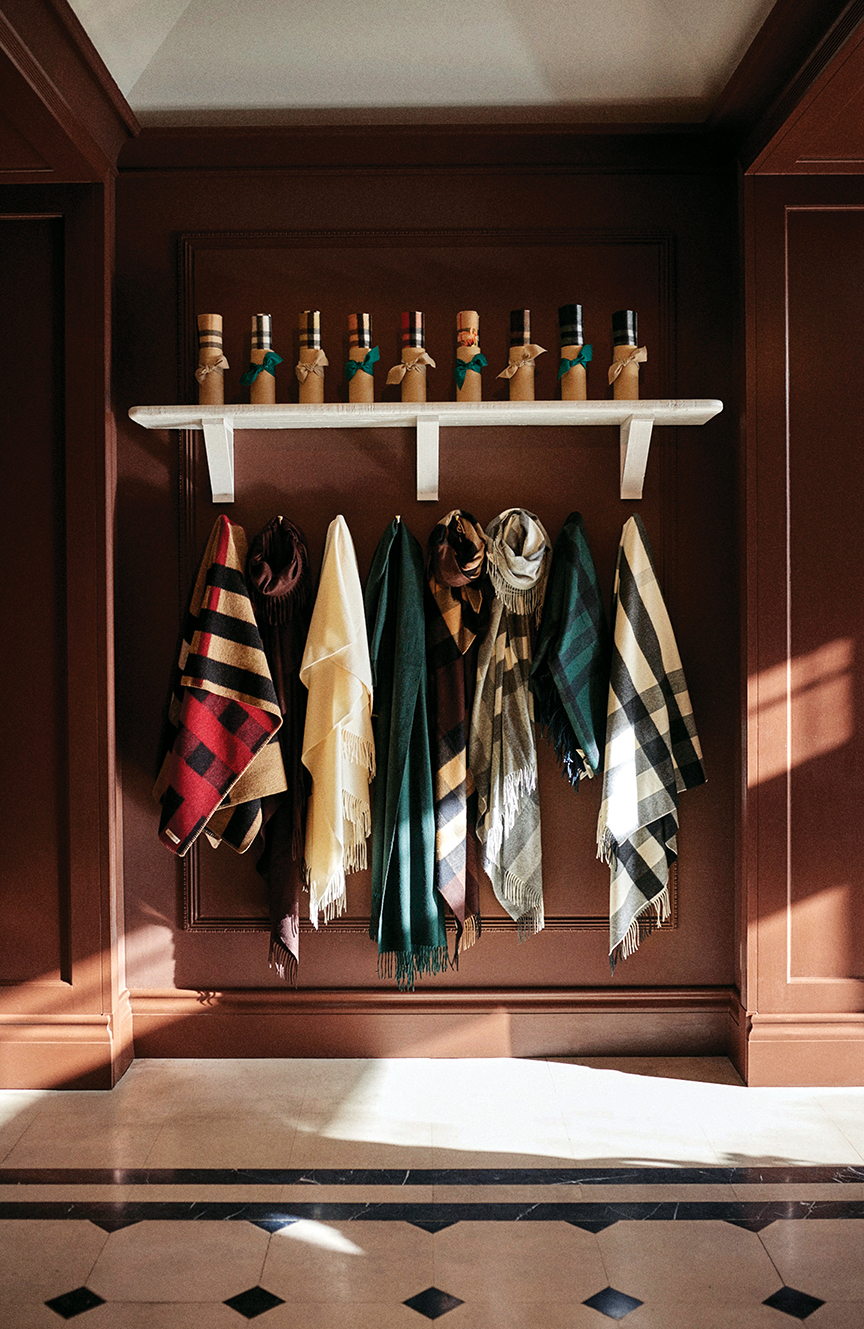
Photo courtesy Burberry
Armani / Ristorante 5th Avenue
While Ralph Lauren and Burberry have effectively incorporated restaurants into their brand’s empire, others have been unsuccessful, with their restaurants disappearing quickly after the initial buzz diminished. Take Marc Jacobs Café in Milan or Cavalli Miami Restaurant & Lounge.
Armani, however, has not had a problem.
Across the sea, immersed in the heart of Manhattan overlooking New York’s own shopping stretch — 5th Avenue — is Armani/Ristorante, one of the slew of restaurants bearing the name of the Italian mega-designer. You don’t have to travel far to find a Giorgio Armani restaurant venture — Armani Restaurants have been steadily popping up across the Americas, Europe and Asia for years, and now have over a dozen locations.
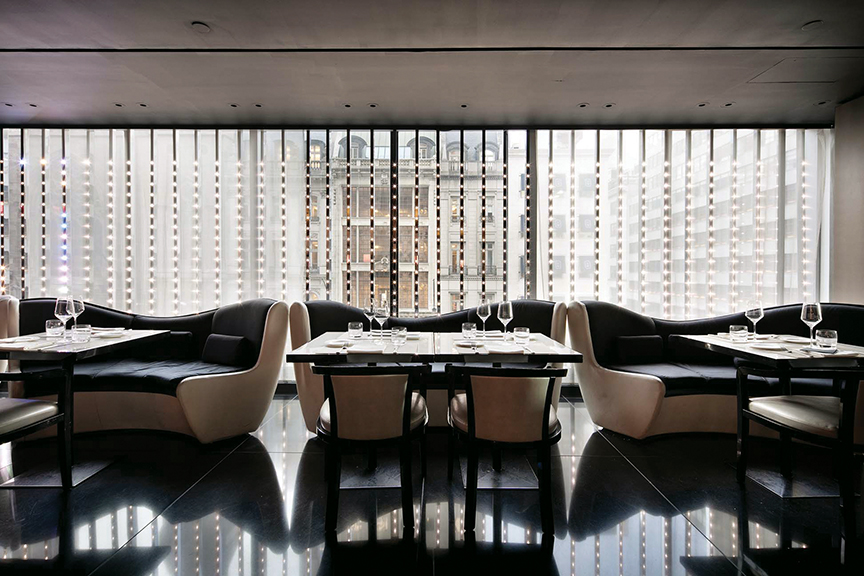
Photo courtesy Giorgio Armani
717 5th Avenue
3rd Floor
New York, NY 10175
212.207.1902
This particular Armani restaurant can be found on the third level of the Armani/5th Avenue store. Designed by Fuksas, the heart of the building is the sculptural steel staircase that leads customers to and from Armani-curated shopping and dining. The restaurant incorporates an Italian-inspired trendy style through a commanding backdrop of black and white, sleek curves and straight lines and furbished LED lights that give it the edge it needs.
Armani/Ristorante is structured in true Italian fashion — antipasti, primi piatti, secondi, and also offers breakfast and lunch, most likely for visitors to its bustling store.
Although epitomizing Armani’s sleek, hard-edged style, Armani restaurants are beyond a re-creation of his style in restaurant format. In fact, his locations have bolstered into culinary expeditions and have seen partnerships with some of the world’s top chefs, such as Milan’s Armani/Nobu, where he created a restaurant with celebrity chef Nobu Matsuhisa. The polished restaurant is unmistakably Armani, yet has a warm Japanese influence in both the design details and of course, the food.
Hampstead — home to London’s most famous names — has been a haven for writers, composers, ballerinas and intellectuals, actors, artists and architects over the ages.
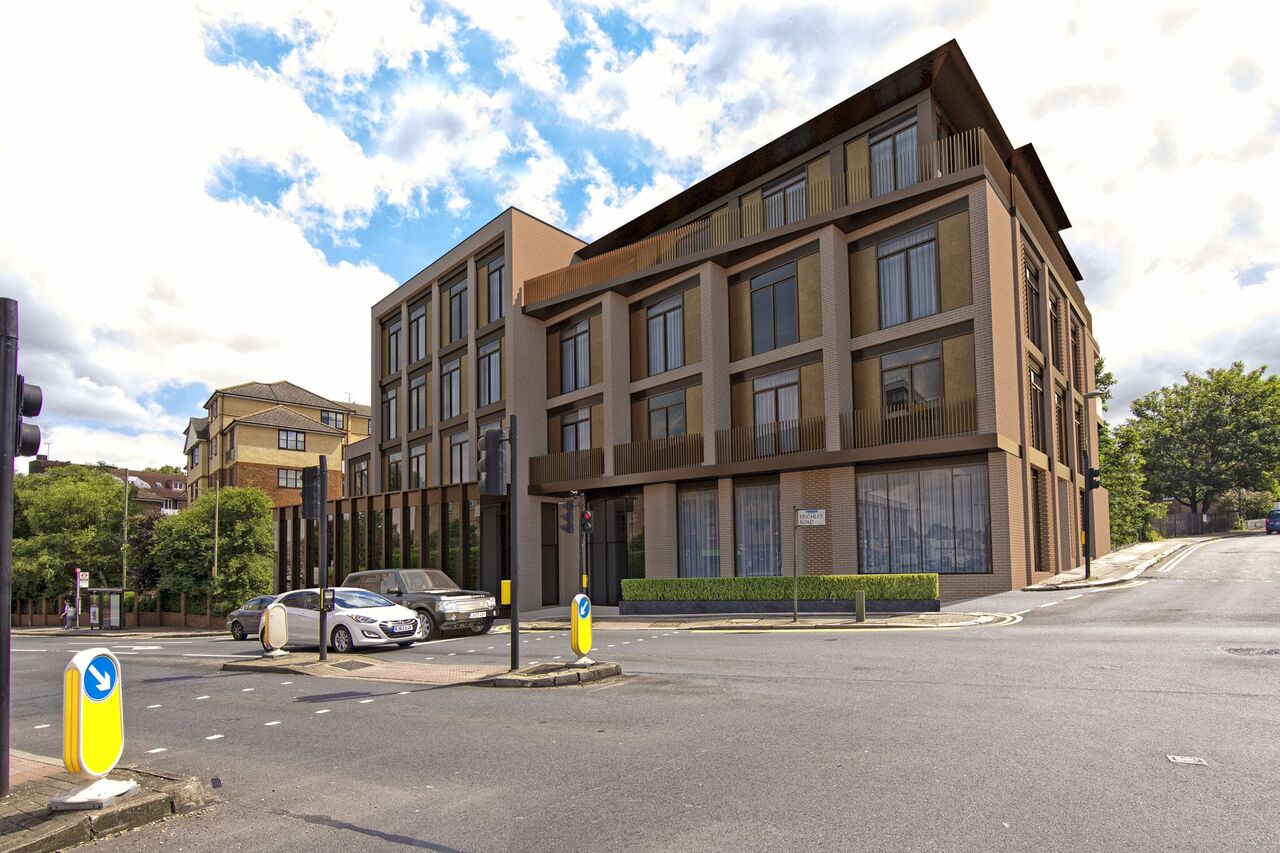
Photos courtesy of Bellis Homes
The location, just 4 miles northwest of Charing Cross, is known for having one of the largest urban parks in the world, Hampstead Heath, and being one of the highest points in London it boasts breathtaking views of the city.
Indeed, beautiful views are one of the most desired factors when it comes to purchasing a property for many buyers, however it is not something that’s easily found especially for those seeking the best of both worlds — idyllic countryside views within a reasonable distance of the ‘big smoke.’ But luxury housebuilders — Bellis Homes has now made this reality possible.
The family-run housebuilder has just launched their brand new, high-specification development in the heart of Hampstead. With a contemporary design, the apartments of Four5Two are engineered for deluxe living in Hampstead.
The rear of the apartments feature balconies with incredible Hampstead Heath views, the perfect spot to sit back and relax.
“The premium location of Four5Two is ideal for those looking for the perfect blend of rural life with strong city links,” said Henry Fordham, the director at Bellis Homes. “The views over Hampstead Heath from the rear balconies are a big talking point when it comes to this development with floor to ceiling windows in the living areas to maximize light and the stunning vista.”
Four5Two compromises of 13 apartments, with prices ranging from £1.1m – £2.2m. The carefully designed floor plan brings in plenty of natural light enhanced with bespoke lighting for each apartment and LED lighting at plinth level through the hallway.
To read the full story, visit abpropertymarketing.co.uk. To purchase an apartment, visit Bellis Homes.
This article originally appeared in the Spring 2017 Edition of Homes & Estates Magazine.
The Corniche offers a bold vision for the future with three towers set along central London’s Albert Embankment of the River Thames.
By Dresden Scott



From the curved arc of a window, you catch a glimpse of the mesmerizing city below. London’s skyline stretches out before you, like a tapestry. Your gaze traces the Houses of Parliament, the round pods of the London Eye, the Tate Britain and the financial districts of Canary Wharf and the City, with the River Thames gracefully ribboning through buildings and historic monuments. Below, a slender path winds toward the South Bank, world famous for its vibrant arts and culture. You feel as if you are floating in your penthouse in the sky, and yet you feel one with your surroundings as your apartment’s walls of glass mirror the sea of curves from the river below.
The promise of such an experience is part of the allure of The Corniche, a new landmark mixed-use development envisioned by world-renowned architects Foster + Partners and St. James, a member of the Berkeley Group. Represented by Coldwell Banker Southbank, The Corniche encompasses three striking towers ranging in height from 15 to 27 stories and providing 253 apartments, along with offices, landscaped gardens, riverside restaurants and cafes, and private residents’ facilities, including a Skyline Club Lounge and roof terrace gym, pool and spa. The groundbreaking project has first completions from winter 2017…
CLICK HERE FOR THE FULL STORY AS SEEN IN THE SPRING 2017 ISSUE OF HOMES & ESTATES.
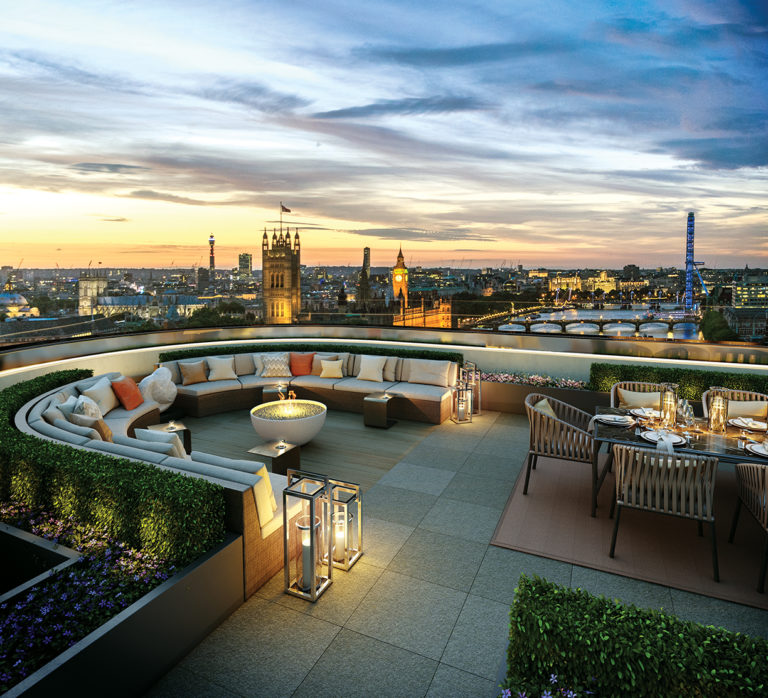
Despite Brexit uncertainty, London has maintained its No.1 position as the most important global city for the ultra-wealthy according to Knight Frank’s Wealth Report 2017, released last week. London has maintained its standing due to its strong investment opportunities and its unrivaled international connectivity.
Buyers internationally continue to be drawn to London real estate as a strong investment or residential opportunity and we wanted to draw your attention to a unique opportunity in Northacre’s, No.1 Palace Street – a one-of-a-kind property which neighbours Buckingham Palace. It is the only private residence to offer unhindered views across the 47 acres of the gardens of Buckingham Palace and, when it completes in 2019 will provide 10,000 square feet of facilities – a lifestyle fit for a Queen.

The 72 state-of-the-art apartments have been created within the grand Grade II listed property which was originally created in 1890 as one of the first landmark hotels for London and hosted guests of Queen Victoria before the third wing of Buckingham Palace was built.
The ultimate ‘super nest’, No.1 Palace Street will provide a 6,500 sq ft ‘haven of wellbeing’ for resident’s personal use, with expansive gym, personal training suites, treatment rooms and a 20 metre pool flooded with natural light and which offers a secluded sanctuary for residents, overlooking the development’s beautiful landscaped courtyard – a private garden square in the heart of the Capital.
No. 1 Palace Street offers a stunning cinema room, which can be booked by residents, as well as a library and entertaining suite. For No. 1 Palace Street residents, whether you have a one bedroom apartment or the penthouse, you are can entertain your guests like a King.
Developer, Northacre is London’s most sought after luxury property developer and is responsible for the Capital’s most prestigious developments including The Lancasters and The Bromptons. With more than £2billion of real estate within its development portfolio, No. 1 Palace Street is the current jewel in the crown.


